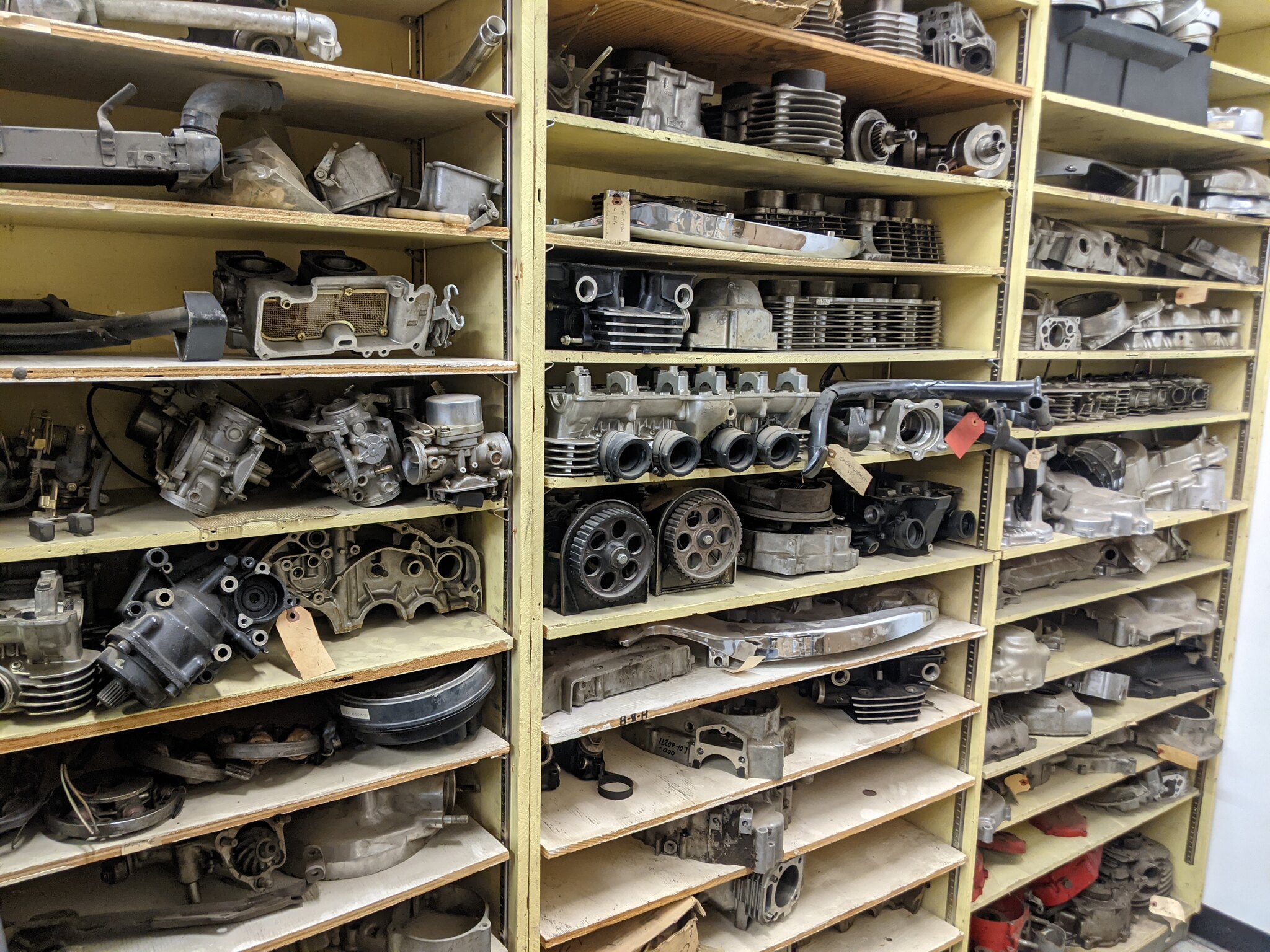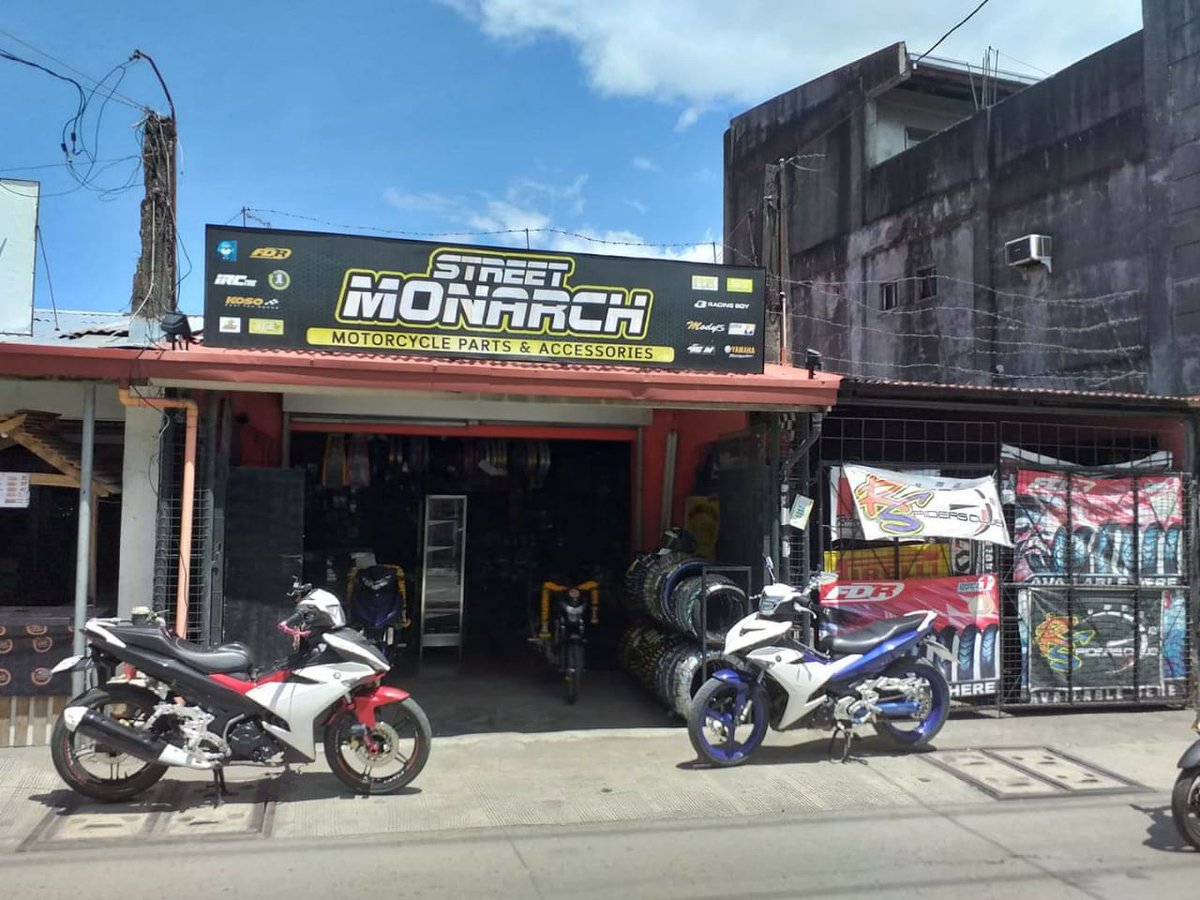Essential Motorcycle Parts NZ for Peak Performance and Safety And Security
Essential Motorcycle Parts NZ for Peak Performance and Safety And Security
Blog Article
Comprehending the Vital Parts of a Bike: A Comprehensive Guide for Fanatics
For motorcycle enthusiasts looking to elevate their riding experience and ensure their bikes run smoothly, understanding the essential components of a motorcycle is critical. Each aspect, from the engine's complex operations to the critical role of the braking devices, not just affects efficiency yet also security and convenience.
Engine Elements

The camshaft plays an important role in managing the timing of the engine's shutoffs, making sure the precise opening and closing essential for efficient gas and air intake, in addition to exhaust expulsion. This timing is critical to keeping optimal engine efficiency and efficiency. Furthermore, the carburetor or fuel shot system, depending upon the motorcycle version, is accountable for mixing air with fuel in the correct ratio for burning.
The cooling system, either air or liquid-based, works to preserve the engine's temperature level within functional limits, preventing getting too hot and guaranteeing long life - motorcycle parts nz. Each part, meticulously created and incorporated, adds to the seamless operation of the engine, defining the motorbike's power result and total performance
Transmission System
Integral to the motorcycle's capability, the transmission system makes certain reliable power transfer from the engine to the wheels. This system consists of a number of vital parts, including the clutch, gearbox, and final drive, each playing a vital role in translating the engine's power into activity. The clutch, usually run by a hand bar, serves to involve and disengage the engine from the transmission, permitting smooth gear changes and regulated velocity.
The transmission, usually referred to as the transmission appropriate, contains a set of gears that cyclists can by hand move with to adjust the bike's speed and torque output. These equipments are arranged in a sequence that makes it possible for the motorbike to speed up efficiently and preserve ideal engine efficiency throughout different rates. Many motorcycles utilize a sequential transmission, needing the cyclist to move gears in a predetermined order.
Braking Devices
While comprehending the transmission system is essential to taking advantage of a motorbike's power, equally crucial is the ability to manage and stop that power effectively, which is where stopping mechanisms enter play. Brakes are critical for safety and security and efficiency, giving the motorcyclist with the required control to browse different surfaces and conditions. Generally, bikes feature 2 kinds of braking systems: disc brakes and drum brakes.
Disc brakes are more widespread in modern bikes due to their exceptional performance. This system provides better heat dissipation, constant performance, and enhanced quiting power, especially in damp problems.
On the other hand, drum brakes, though less typical, are still discovered in some site link bikes. They work by pushing brake footwear versus the inner surface area of a drum connected to the wheel. While generally less efficient in warmth dissipation and quiting power, drum brakes are simpler and a lot more cost-effective.
Comprehending these stopping systems' subtleties permits bikers to preserve their motorbikes effectively and value the design that ensures safe and efficient quiting.
Suspension and Guiding
Suspension and steering systems are important elements that substantially affect a bike's handling and experience convenience. The shock absorber, being composed of forks at the front and shock absorbers at the rear, takes in road irregularities, enhancing stability and control. Front forks, normally telescopic or upside down, compress and rebound to minimize impacts, while back shock absorbers maintain tire call with the roadway, important for traction and safety and security.
Guiding, focused around the handlebars, attaches the biker to the motorbike's directional control. The steering head bearings guarantee smooth operation, permitting exact ability to move. Appropriate alignment and upkeep of these bearings are crucial for foreseeable steering response and decreasing motorcyclist tiredness.
The suspension's adjustability is one more crucial aspect; preload, damping, and rebound setups enable customization to match numerous riding designs and conditions. This adaptability is crucial for maximizing efficiency, whether navigating metropolitan streets or taking on sturdy tracks. Innovations like digital suspension systems offer real-time changes, improving ride top quality throughout diverse surfaces.

Electrical Equipments
After making certain a smooth and controlled adventure via effective suspension and steering systems, interest turns to the electrical systems, a crucial aspect of contemporary motorbikes. These systems play a vital role not only in starting the engine but likewise in powering numerous elements that boost the capability and safety of the bike.
At the heart of a motorcycle's electric system is the battery, which shops electrical energy essential for starting the engine and powering complementary systems - motorbike shop. The generator or generator, coupled with the rectifier-regulator, guarantees the battery stays charged while the motorbike functions, converting power right into electrical energy and preserving voltage levels
The ignition system, an additional crucial part, is liable for firing up the air-fuel combination in the engine's cyndrical tubes. Modern motorcycles frequently make use of an electronic ignition system, supplying higher effectiveness and integrity compared to conventional systems.
Illumination systems, consisting of fronts lights, tail lights, and see this here signs, are additionally crucial, making sure presence and safety and security for the motorcyclist. Added digital parts such as sensors, control units, and presents add to innovative attributes like fuel injection administration, anti-lock braking systems (ABS), and digital control panels, additionally enhancing the riding experience.
Conclusion
A complete comprehension of a bike's crucial parts, consisting of the engine, click to find out more transmission system, braking devices, suspension, guiding, and electrical systems, is crucial for lovers intending to enhance performance, safety, and convenience. Proficiency of these elements permits informed decisions pertaining to upkeep and upgrades, inevitably improving the riding experience. By integrating this expertise, motorcyclists can guarantee their motorcycles run at peak effectiveness and integrity, consequently optimizing both enjoyment and longevity of their automobiles.
For motorcycle lovers looking to raise their riding experience and ensure their bikes run efficiently, understanding the crucial elements of a motorbike is critical.Indispensable to the motorcycle's capability, the transmission system ensures efficient power transfer from the engine to the wheels.While comprehending the transmission system is vital to harnessing a motorcycle's power, equally crucial is the ability to manage and quit that power effectively, which is where stopping systems come right into play. Typically, bikes include two kinds of stopping systems: disc brakes and drum brakes.
A detailed understanding of a bike's necessary elements, including the engine, transmission system, stopping devices, suspension, steering, and electric systems, is indispensable for enthusiasts aiming to maximize performance, security, and comfort.
Report this page